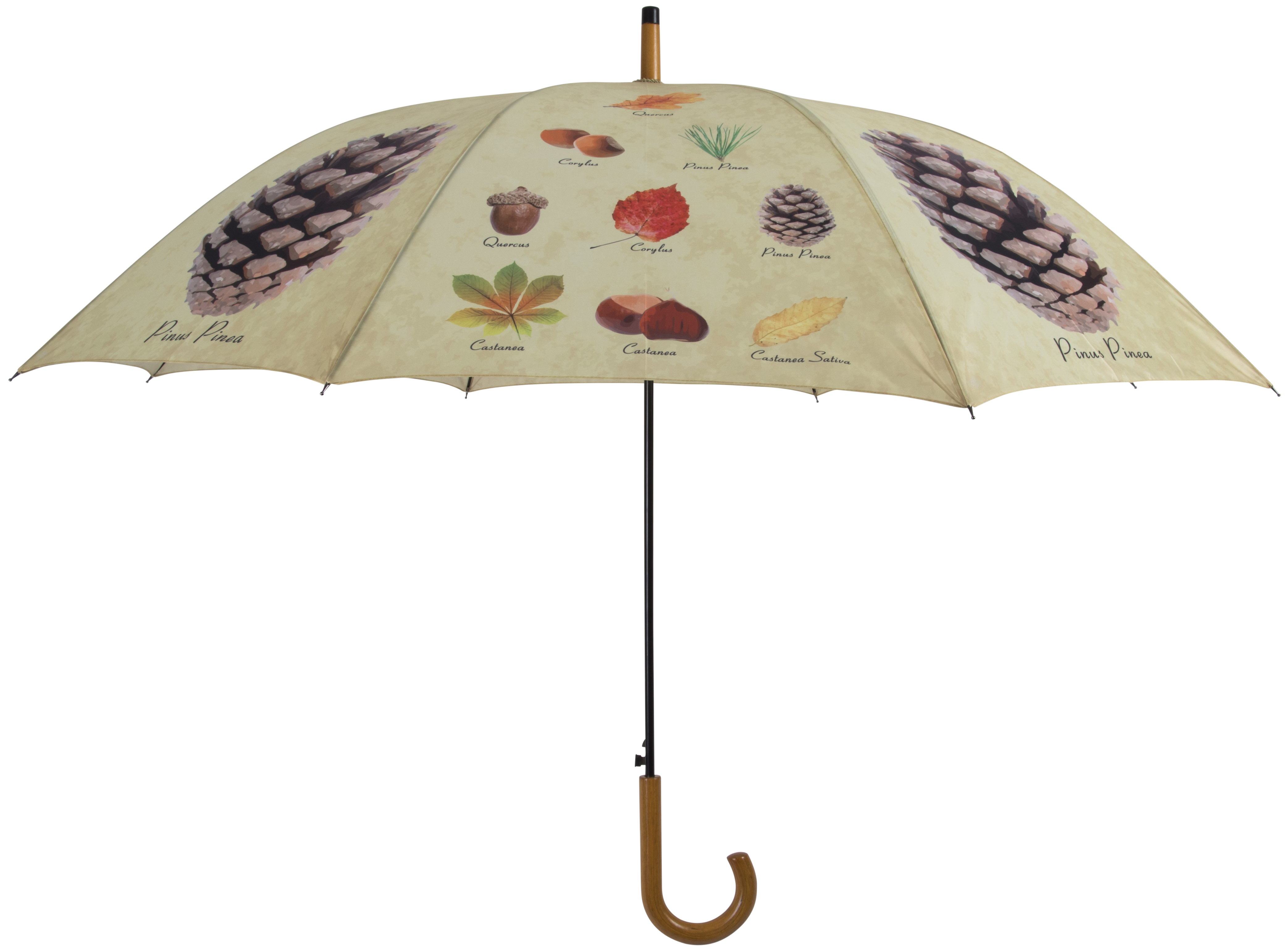

While flagship species is a species that can support biodiversity conservation in a given social context, umbrella species is a species that can indirectly protect many other species in the same ecological community in biodiversity conservation.

Chesapeake blue crab, the Pemba flying fox, American bald eagle, and the manatee are the other examples of local flagship species. On the other hand, there are some locally selected flagship species, including Pemba flying fox in Tanzania, the Chesapeake blue crab in the USA, etc.

) and the Asian elephant ( Elephas maximus ), the giant panda ( Ailuropoda melanoleuca ), the Golden lion tamarin ( Leontopithecus rosalia ), etc. Moreover, some examples of flagship species include Bengal tiger ( Panthera tigris ), the African elephant ( Loxodonta sp. Furthermore, some of the main features of a flagship species include easiness of observing, anthropomorphic features, low taxonomic distance from humans, large body size, publicly perceived extinction threat, etc. Generally, they are important for the marketing of a conservation effort by serving as an icon or symbol, which helps to gain money and other support. – Comparison of Key Differences Key Termsīiodiversity Conservation, Flagship Species, Indicator Species, Umbrella SpeciesĪ flagship species is a type of species chosen to raise support for biodiversity conservation in a particular place or social context. What is the Difference Between Flagship and Umbrella Species What are the Similarities Between Flagship and Umbrella SpeciesĤ. Therefore, the above species serve as indicator species in biodiversity conservation. In general, it is difficult to monitor each aspect of biodiversity. Furthermore, a flagship species has to be easy to observe while umbrella species has to co-occur in the targeted biodiversity and has to have a large range of habitat.įlagship and umbrella species are two types of species chosen to conserve biodiversity. The main difference between flagship and umbrella species is that a flagship species is a selected species that is raised to support biodiversity conservation in a given social context, whereas an umbrella species is a species chosen to indirectly protect many other species in the same ecological community in biodiversity conservation.


 0 kommentar(er)
0 kommentar(er)
